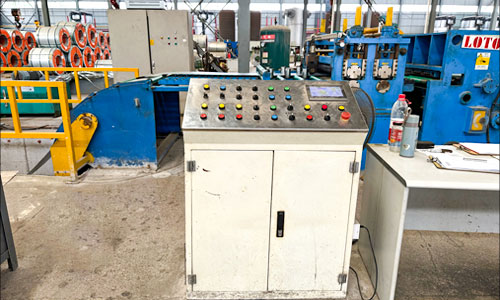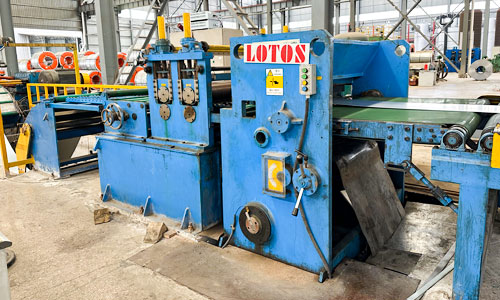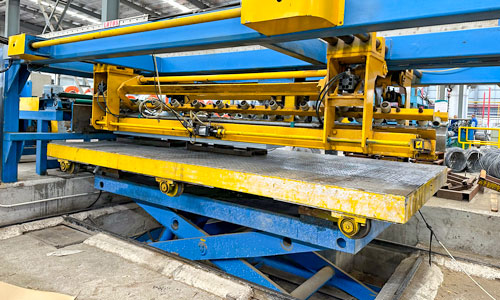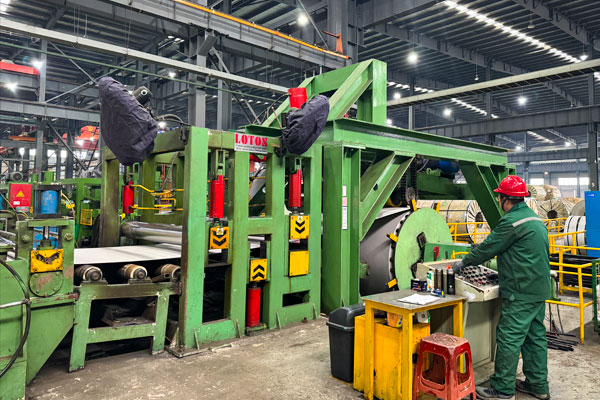Cut To Length Machine Manufacturers
Maintaining a Cut to Length (CTL) line is essential to ensure consistent performance, extend equipment lifespan, and prevent unexpected downtime. In this article, we will explore the key aspects of CTL line maintenance under six key titles.
1. Understanding the Cut to Length System
A Cut to Length system is designed to uncoil, level, and cut metal coils into precise sheet lengths. These systems consist of multiple mechanical and electrical components such as decoilers, leveling machines, shearing units, and stacking equipment. Routine maintenance ensures all these units work in harmony, preventing misalignment, wear, and material waste.
2. Importance of Routine Inspection in Cut-to-Length Processes
Regular inspection is a core part of preventive maintenance for cut-to-length processes. Operators must check for abnormal vibrations, worn-out blades, oil leaks, and system calibration issues. Preventive checks not only enhance safety but also keep production quality high and reduce the risk of emergency breakdowns.
3. Lubrication and Cleanliness for High-Performance Output
Lubrication is critical for moving parts such as rollers, gears, and shearing blades. Accumulation of dust, grease, and metal debris can lead to mechanical failure. Scheduled cleaning of the cut to length machine improves efficiency and minimizes mechanical resistance, ensuring a smooth and uninterrupted coil to sheet operation.
4. Electrical and Control System Maintenance
Modern CTL lines feature advanced for automation and precision. Periodic checks of sensors, wiring, and electrical cabinets are crucial.Calibration of electronic components helps maintain accurate cutting lengths and ensures the machine runs in sync with the design parameters set by the operator.
5. Blade and Leveler Roll Maintenance
Blades and leveling rollers are subject to high wear due to continuous contact with metal sheets. Sharpening or replacing cutting blades and inspecting roller wear should be part of a regular maintenance cycle. This preserves cut quality and prevents damage to the finished sheets, maintaining the output standards expected from top-tier cut to length machine manufacturers.
6. Documentation and Maintenance Planning
A well documented maintenance schedule is key to long term reliability. Lotosslitting recommends keeping detailed logs of all inspections, part replacements, and system updates. This data helps forecast maintenance needs and minimizes disruptions in production. Manufacturers investing in proactive CTL line care enjoy greater return on investment and sustained production capacity.
Proper maintenance of a cut to length line is not optional it’s essential. From coil to sheet, each stage depends on precise engineering and upkeep. By implementing a structured maintenance program, companies ensure consistent quality, lower downtime, and longer equipment life.




